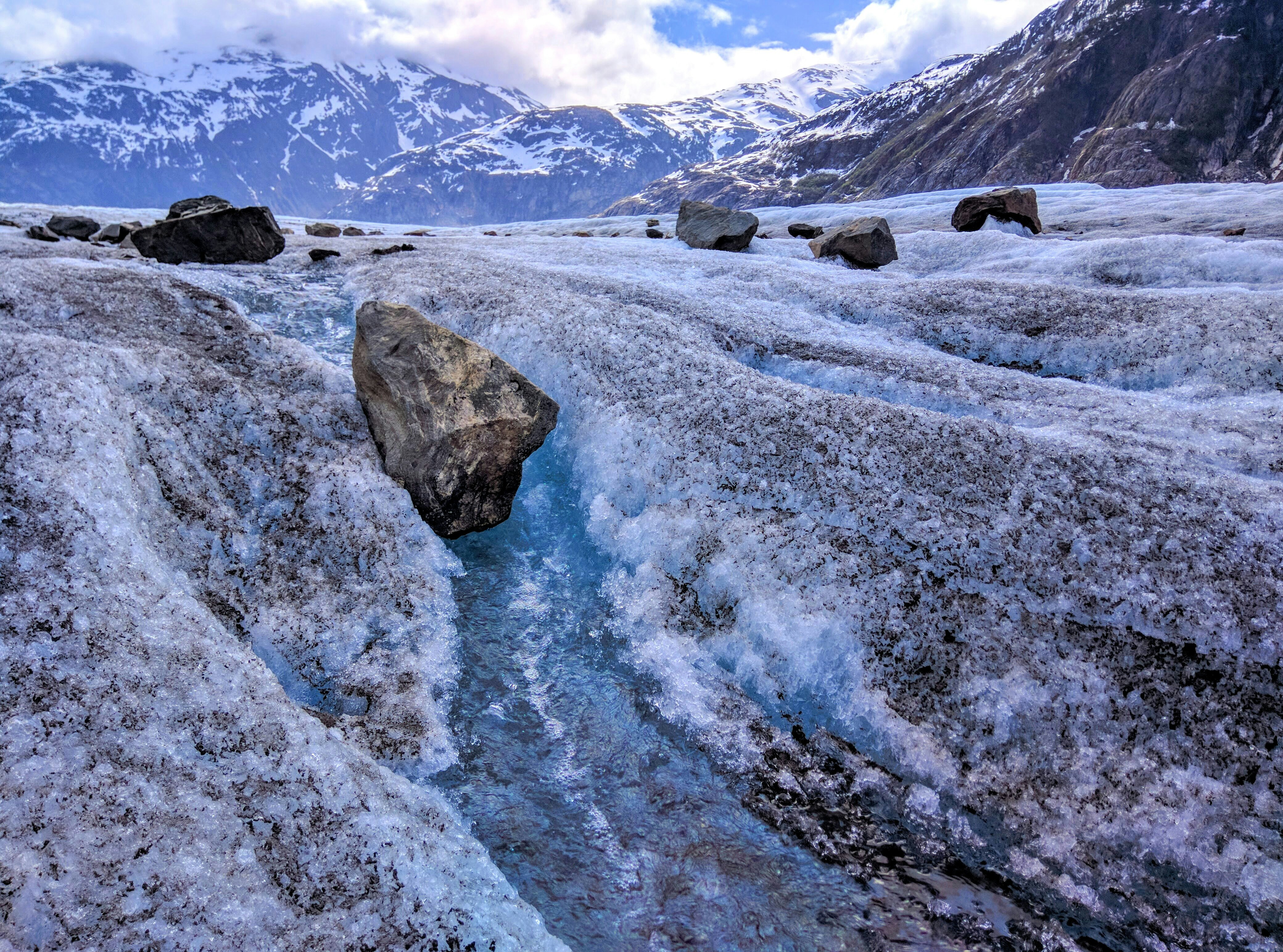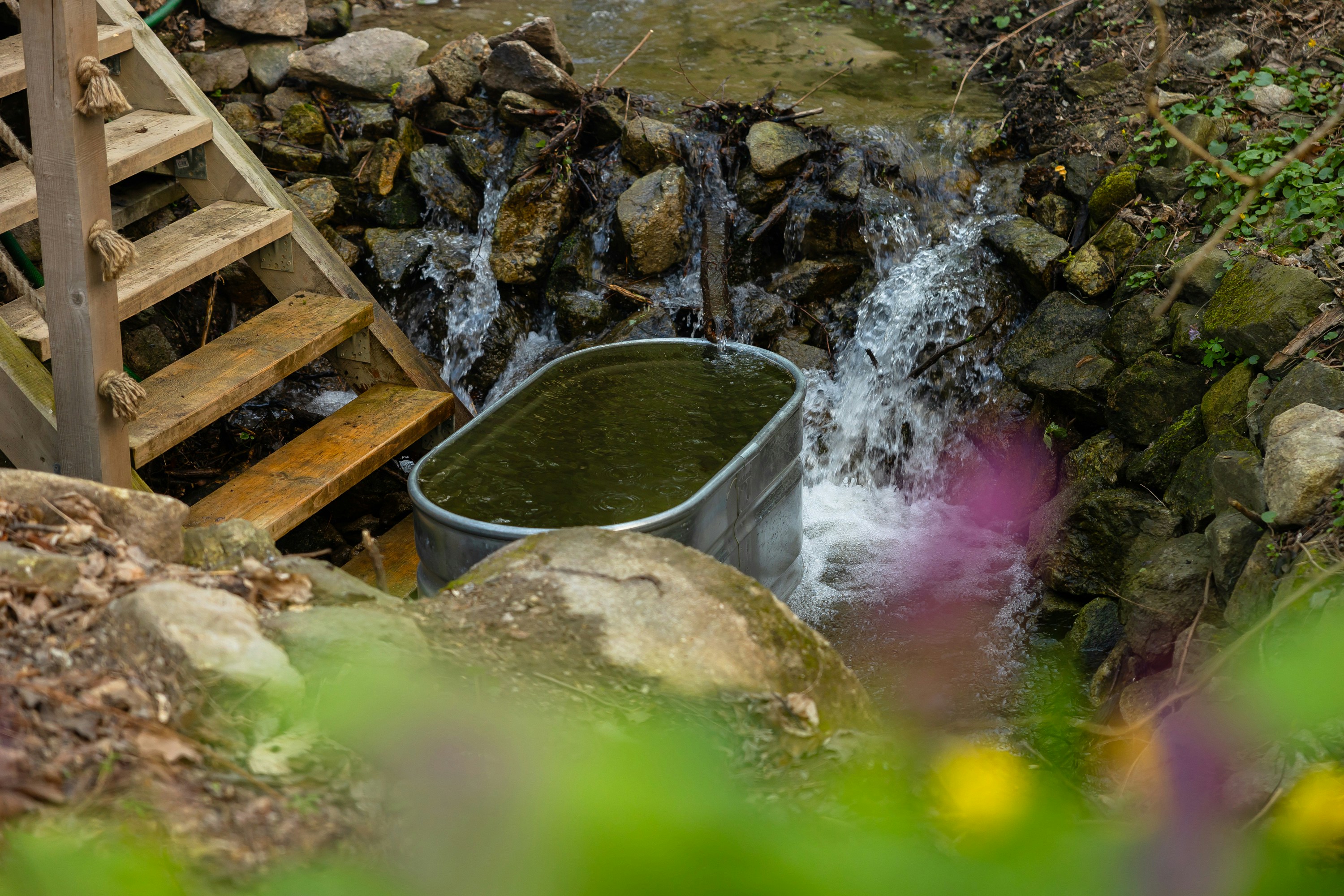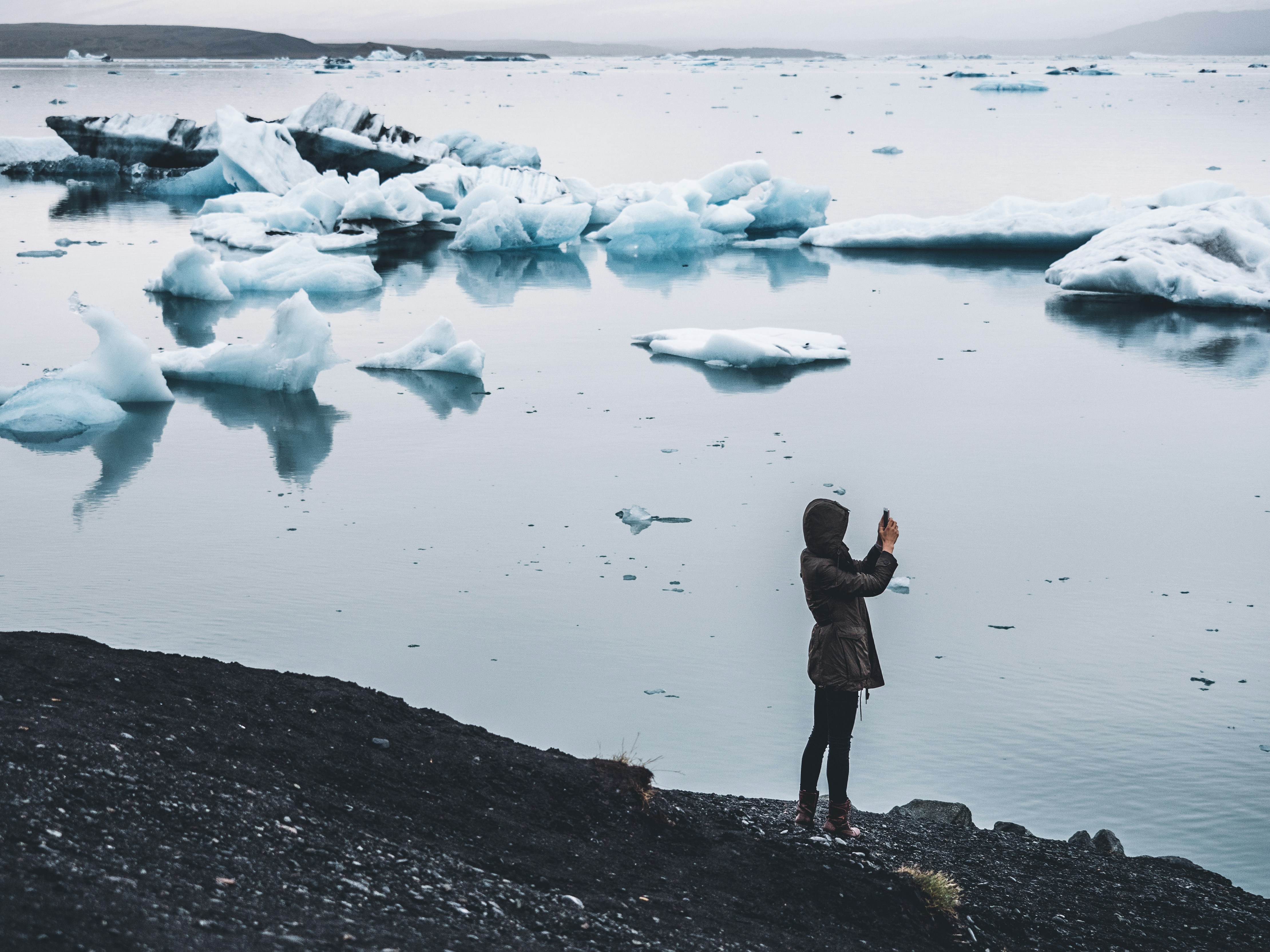Welcome to an informative article on the best ways to recover after taking a cold plunge. In this piece, you will discover helpful do’s and don’ts to ensure you bounce back quickly and effectively from the invigorating (and sometimes shocking!) experience of plunging into cold water. From tips on warming up afterwards to avoiding common mistakes that can hinder your recovery, this article will guide you through the post-cold plunge process to help you feel refreshed and rejuvenated in no time. So dive in (pun intended) and learn how to make the most of your cold plunge experience!
Do’s & Don’ts: The Best Ways To Recover After A Cold Plunge
So, you’ve just taken the plunge into icy waters and now you’re wondering how to recover after a cold plunge. Don’t worry, we’ve got you covered with the best do’s and don’ts to help you bounce back quickly and get the most out of your cold water therapy experience.
Understanding the Benefits of Cold Plunges
Before we dive into the recovery process, let’s take a moment to understand why cold plunges can be beneficial for your overall health and well-being. Cold water therapy has been used for centuries to improve circulation, reduce inflammation, boost immunity, and increase energy levels. By exposing your body to cold temperatures, you can train your cardiovascular system to become more efficient and resilient.
Do: Hydrate Before and After
One of the most important things you can do after a cold plunge is to hydrate properly. Cold water immersion can cause your body to lose fluids through sweating and increased urine output, so it’s crucial to replenish those fluids by drinking plenty of water before and after your plunge. Hydrating will help prevent muscle cramps, headaches, and fatigue, and will also aid in the recovery process.
Don’t: Skip the Warm-Up
After a cold plunge, your body may be in shock, and your muscles may feel tight and tense. To avoid injury and promote faster recovery, it’s essential to engage in a gentle warm-up routine to increase blood flow and loosen up your muscles. This can include light stretching, yoga, or a short walk to help your body transition back to its normal temperature and prevent stiffness.
Do: Take a Contrast Shower
A contrast shower is an excellent way to promote recovery after a cold plunge. By alternating between hot and cold water, you can improve circulation, reduce muscle soreness, and enhance overall recovery. Start with 3-5 minutes of hot water, followed by 1 minute of cold water, and repeat this cycle 2-3 times. The contrast between hot and cold temperatures will help flush out toxins from your muscles and improve nutrient delivery to aid in recovery.
Don’t: Overexert Yourself
While it’s essential to stay active after a cold plunge to promote recovery, it’s equally important not to overexert yourself. Your body has just undergone a significant stressor, and pushing yourself too hard can lead to fatigue, muscle soreness, and even injury. Listen to your body, and engage in gentle activities such as walking, light stretching, or yoga to support your recovery without putting excessive strain on your muscles.
Do: Eat Nutrient-Dense Foods
After a cold plunge, your body needs the right nutrients to help repair and rebuild muscle tissue, reduce inflammation, and support overall recovery. Focus on eating nutrient-dense foods rich in vitamins, minerals, antioxidants, and essential fatty acids to replenish your energy stores and promote healing. Include plenty of fruits, vegetables, lean proteins, whole grains, and healthy fats in your post-plunge meals to support your recovery efforts.
Don’t: Neglect Rest and Recovery
Rest is a crucial component of the recovery process after a cold plunge. Your body needs time to repair damaged tissues, replenish energy stores, and adapt to the stress of cold water immersion. Make sure to get an adequate amount of sleep each night, aim for 7-9 hours of quality sleep to support muscle recovery and overall well-being. Additionally, listen to your body’s signals and take rest days as needed to allow for full recovery and prevent overtraining.
Do: Practice Mindfulness and Stress Management
Cold plunges can be a powerful form of stress relief and relaxation, but it’s essential to also focus on mindfulness and stress management techniques to support your recovery efforts. Engage in activities such as meditation, deep breathing exercises, or yoga to help calm your mind, reduce cortisol levels, and promote relaxation. By reducing stress and anxiety, you can enhance your body’s ability to recover and adapt to the effects of cold water immersion.

Don’t: Forget About Self-Care
Self-care is essential for promoting recovery after a cold plunge. Take the time to pamper yourself and engage in activities that bring you joy and relaxation, such as taking a warm bath, getting a massage, or spending time in nature. Self-care practices can help reduce muscle tension, improve mood, and enhance overall well-being, making it easier for your body to recover and bounce back from the effects of cold water therapy.
Conclusion
Recovering after a cold plunge is a crucial part of the overall cold water therapy experience. By following these do’s and don’ts, you can support your body’s recovery process, reduce muscle soreness, and maximize the benefits of cold water immersion. Remember to hydrate properly, engage in a gentle warm-up routine, take a contrast shower, eat nutrient-dense foods, and prioritize rest and relaxation to help your body recover and thrive. With the right recovery strategies in place, you can make the most of your cold water therapy sessions and enjoy a happier, healthier, and more resilient body.





